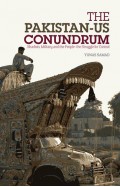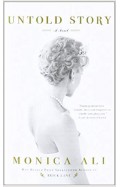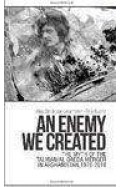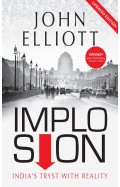- Home
- Books
- Categories
- Non Fiction
- History
- Collecting the World: The Life and Curiosity of Hans Sloane
Collecting the World: The Life and Curiosity of Hans Sloane
By: James Delbourgo
-
Rs 5,265.75
- Rs 6,195.00
- 15%
You save Rs 929.25.
Due to constant currency fluctuation, prices are subject to change with or without notice.
Hans Sloane (1660-1753) was the greatest collector of his time, and one of the greatest of all time. His name is familiar today through the London streets and squares named after him on land he once owned (Sloane Square, Hans Place), but the man himself, and his achievements, are almost forgotten.
Born in the north of Ireland, Sloane made his fortune as a physician to London's wealthiest residents and through investment in land and slavery. He became one of the eighteenth century's preeminent natural historians, ultimately succeeding his rival Isaac Newton as President of the Royal Society, and assembled an astonishing collection of specimens, artefacts and oddities - the most famous curiosity cabinet of the age.
Sloane's dream of universal knowledge, of a gathering together of every kind of thing in the world, was enabled by Britain's rise to global ascendancy. In 1687 he travelled to Jamaica, then at the heart of Britain's commercial empire, to survey its natural history, and later organised a network of correspondents who sent him curiosities from across the world. Shortly after his death, Sloane's vast collection was then acquired - as he had hoped - by the nation. It became the nucleus of the world's first national public museum, the British Museum, which opened in 1759.
This is the first biography of Sloane in over sixty years and the first based on his surviving collections. Early modern science and collecting are shown to be global endeavours intertwined with imperial enterprise and slavery but which nonetheless gave rise to one of the great public institutions of the Enlightenment, as the cabinet of curiosities gave way to the encyclopaedic museum. Collecting the World describes this pivotal moment in the emergence of modern knowledge, and brings this totemic figure back to life.
Hans Sloane (1660-1753) was the greatest collector of his time, and one of the greatest of all time. His name is familiar today through the London streets and squares named after him on land he once owned (Sloane Square, Hans Place), but the man himself, and his achievements, are almost forgotten.
Born in the north of Ireland, Sloane made his fortune as a physician to London's wealthiest residents and through investment in land and slavery. He became one of the eighteenth century's preeminent natural historians, ultimately succeeding his rival Isaac Newton as President of the Royal Society, and assembled an astonishing collection of specimens, artefacts and oddities - the most famous curiosity cabinet of the age.
Sloane's dream of universal knowledge, of a gathering together of every kind of thing in the world, was enabled by Britain's rise to global ascendancy. In 1687 he travelled to Jamaica, then at the heart of Britain's commercial empire, to survey its natural history, and later organised a network of correspondents who sent him curiosities from across the world. Shortly after his death, Sloane's vast collection was then acquired - as he had hoped - by the nation. It became the nucleus of the world's first national public museum, the British Museum, which opened in 1759.
This is the first biography of Sloane in over sixty years and the first based on his surviving collections. Early modern science and collecting are shown to be global endeavours intertwined with imperial enterprise and slavery but which nonetheless gave rise to one of the great public institutions of the Enlightenment, as the cabinet of curiosities gave way to the encyclopaedic museum. Collecting the World describes this pivotal moment in the emergence of modern knowledge, and brings this totemic figure back to life.
Collecting the World: The Life and Curiosity of Hans Sloane
By: James Delbourgo
Rs 5,265.75 Rs 6,195.00 Ex Tax :Rs 5,265.75
Zubin Mehta: A Musical Journey (An Authorized Biography)
By: VOID - Bakhtiar K. Dadabhoy
Rs 892.50 Rs 1,050.00 Ex Tax :Rs 892.50
The Origins of Political Order From Prehuman Times to the French RevolutioN
By: Francis Fukuyama
Rs 4,045.50 Rs 4,495.00 Ex Tax :Rs 4,045.50
Manning Up: How the Rise of Women Has Turned Men into Boys
By: Kay Hymowitz
Rs 845.75 Rs 995.00 Ex Tax :Rs 845.75
The Obama Syndrome: Surrender At Home War Abroad
By: Tariq Ali
Rs 1,100.75 Rs 1,295.00 Ex Tax :Rs 1,100.75
The Quest For Meaning: Developing A Philosophy Of Pluralism
By: Tariq Ramadan
Rs 1,185.75 Rs 1,395.00 Ex Tax :Rs 1,185.75
The Pakistan US Conundrum Jihadists The Military And The People The Struggle For Control
By: Yunas Samad
Rs 1,185.75 Rs 1,395.00 Ex Tax :Rs 1,185.75
An Enemy We Created: The Myth Of The Taliban Al Qaeda Merger In Afghanistan 19702010
By: Alex Strick van Linschoten
Rs 4,197.50 Rs 8,395.00 Ex Tax :Rs 4,197.50
WikiLeaks: Inside Julian Assanges War on Secrecy
By: David Leigh & Luke Harding
Rs 637.50 Rs 850.00 Ex Tax :Rs 637.50
No similar books from this author available at the moment.
Implosion India`s Tryst with Reality India`s Tryst with Reality :
By: John Elliott
Rs 746.25 Rs 995.00 Ex Tax :Rs 746.25
The Soviet Sisters - A Novel of the Cold War
By: Anika Scott
Rs 2,375.75 Rs 2,795.00 Ex Tax :Rs 2,375.75
Zubin Mehta: A Musical Journey (An Authorized Biography)
By: VOID - Bakhtiar K. Dadabhoy
Rs 892.50 Rs 1,050.00 Ex Tax :Rs 892.50
Collecting the World: The Life and Curiosity of Hans Sloane
By: James Delbourgo
Rs 5,265.75 Rs 6,195.00 Ex Tax :Rs 5,265.75












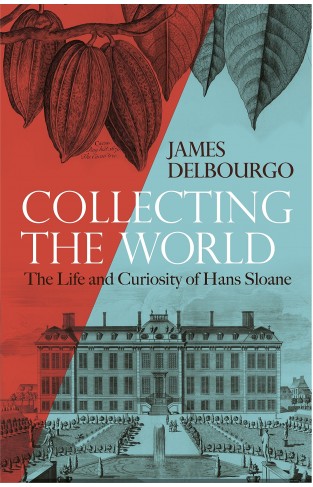
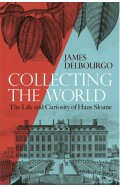
-120x187.jpg?q6)





-120x187.jpg?q6)



-120x187.jpg?q6)
